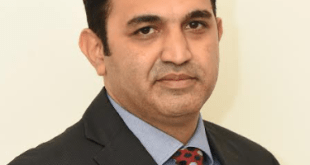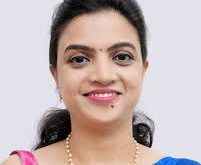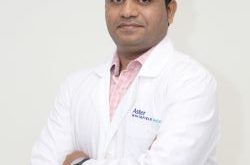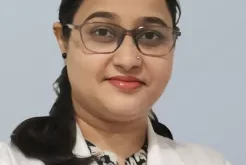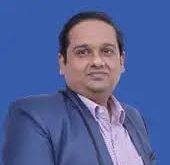Today (29th October ) is World Stroke Day. It is observed on 29th October every year, with an aims to raise global awareness about stroke and encourage prevention, diagnosis and treatment. Deaths and permanent disabilities due stroke not only seriously affect the individuals, their families but society as a whole.According to the WHO Worldwide, stroke is one of the leading causes of mortality. Stroke is one of the leading causes of death and disability in India. The estimated prevalence rate of stroke range 100,000 population is 262 per in rural areas and in urban India, it is 424.
Brain stroke is one of the most dreaded non-communicable diseases in the world and is the third most leading cause of morbidity and mortality. Brain stroke is the result of reduced blood supply to the brain or leakage of blood from blood vessels. This happens when blood vessels turn friable, as a result of underlying risk factors.
The common risk factors for stroke are high BP, diabetes, smoking, alcohol, drugs, obesity, cardiac problems and genetic factors. The most common presentations of stroke are sudden onset of weakness of limbs, facial deviation, difficulty in speaking, walking, vomiting and sudden loss of consciousness. However, sometimes even without any of these symptoms, patients can suffer silent strokes due to reduced blood supply to the brain. This results in small clots in different parts of the brain, which can be diagnosed upon careful examination.
Strokes can make themselves manifest through headaches, loss of dexterity in fingers, numbness of body, memory impairment, slowness of activities and abnormal gait. These symptoms could progress over months. Some people could undergo cognitive decline too.
Usually these clots are detected when patients undergo MRI scans for some other medical condition.
Amyloid angiopathy is another condition where the patient will have progressive symptoms like memory loss and cognitive impairment, with multiple microbleeds in the brain. In a condition called CADASIL, the patient will have similar silent ischemia, which will not manifest itself in the early stages.
“One in 6 people worldwide suffer from stroke. Life is short so take proper precautions and don’t let a stroke take it away from you. If one is suffering from sudden face drooping, arm weakness or speech difficulty visit a hospital at the earliest”, says Dr. Rajasekhar Reddy, Senior Neurologist, Yashoda Hospitals, Hyderabad.
It is very important to identify these conditions early on, as preventive actions can be taken and progression of the disease halted. Risk factor identification is the key. All people above 40 years, and all above 30 years who smoke and consume alcohol and drugs, should check their BP and sugar or glucose levels frequently. If any abnormality is seen in either of the two, the person should begin doing physical exercises regularly and change the dietary habits, apart from taking medicines. When in doubt, it is best to check carotid vessels using Doppler technology to identify any excessive cholesterol deposits in the blood vessels. If any major issues are identified, corrective steps can be taken.
Those people who have risk factors and abnormalities on investigation need to carefully obtain timely treatment. At the slightest possibility of a major stroke, the person should be taken to a local hospital and brain scan conducted. If any infarction is detected, it is possible to lyse the clot with clot buster drugs. In some cases, we can even consider putting a stent in the large blood vessels.
Lifestyle modifications, frequent BP checks, glucose checks and regular exercising can go a long way in preventing brain strokes and silent brain ischemia.
 Newspatrolling.com News cum Content Syndication Portal Online
Newspatrolling.com News cum Content Syndication Portal Online

